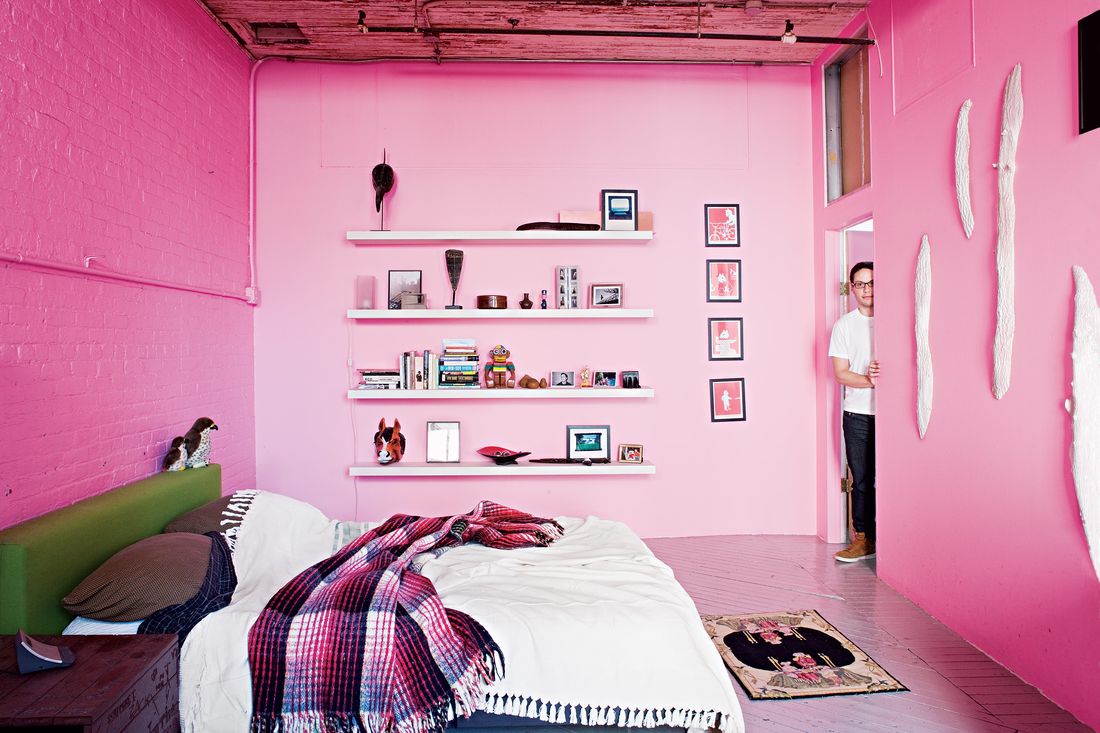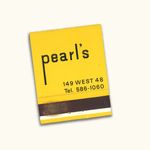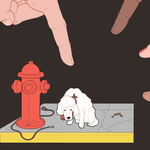
This story was originally published in the May 9, 2011 issue of New York Magazine.
David Alhadeff’s Williamsburg store the Future Perfect is one of the city’s design bellwethers, a cheerleader for innovation and craftsmanship, and the place where many New Yorkers first saw Scrapile by Carlos Salgado, or Jaime Hayon, or Jason Miller. But its owner right now is consumed with two new projects.
“To be honest,” says Alhadeff, sitting in a small café near TFP (its shorthand name), “we are answering to the recession.” So in the spirit of the times, Alhadeff is launching two new collections during next week’s International Contemporary Furniture Fair (ICFF). Souvenir Shop is an array of mugs, T-shirts, key chains, tote bags, and household items in the spirit of the Future Perfect (which means fresh and twisted, in the best possible way). The second, the Future Perfect Editions, is made up of exclusive pieces from names like Lindsey Adelman, Miller, Scrapile, and others making functional art for the home.
Alhadeff describes one of the new handblown-glass chandeliers from the Editions collection as looking like a “jellyfish trapped in a net.” He loves its imperfections.
When he founded the Future Perfect six years ago, Alhadeff already had a leg up in the business world. Like many of his peers, he’d started a dot-com that had gone bust. At one time, he says, he was “really, really, really rich, on paper,” but he’s got an older-and-wiser attitude now (he’s 34). “I was too young, and I was a prick,” he says. The Future Perfect may not make him rich, even on paper, but it’s an outlet for his passion about new design, and it’s clearly working. Alhadeff now has Future Perfects here and in Los Angeles. In 2006, he co-founded A&G Merch, and he has a decorating business.
Like many design lovers, he started young, drawing floor plans and making houses for his Smurfs from shoe boxes while growing up in Seattle. Now, living in a former warehouse in Brooklyn, his decorative instinct is to casually find great pieces. “I really feel comfortable here. I’ve collected and let that collection say something about myself,” says Alhadeff. “I’ve never treated my house as an interior-design project or felt I needed to justify my belongings.”
Color, lots of it, transforms what could be ordinary space. And the large loft has a colorful history itself: the band Pavement lived here, as did Tony Moxham when he was the art director of Interview magazine. Alhadeff moved in nine years ago. What he loves about the young designers he works with is their sense of experimentation. “They are not jaded,” he says. “They have a fresh, open spirit.” That’s even more important now, he adds; the upside of a bad economy, he thinks, is a renewed sense of community. “The point is now nobody is doing anything alone anymore. My success is letting go and trusting the creative talent of others.” Alhadeff’s decorating mantra is simple. “Throw away the interiors rule book. I am into a creative mix of diverse objects that wouldn’t seem to go together at all, but in the end create a striking result: elegantly playful, casually sophisticated, unpretentiously modern.”












